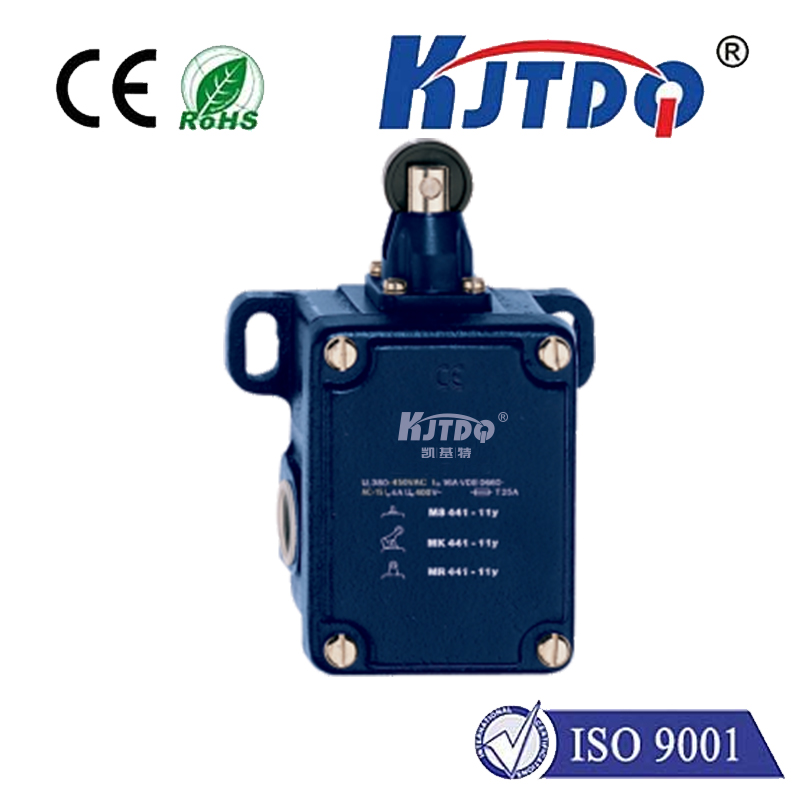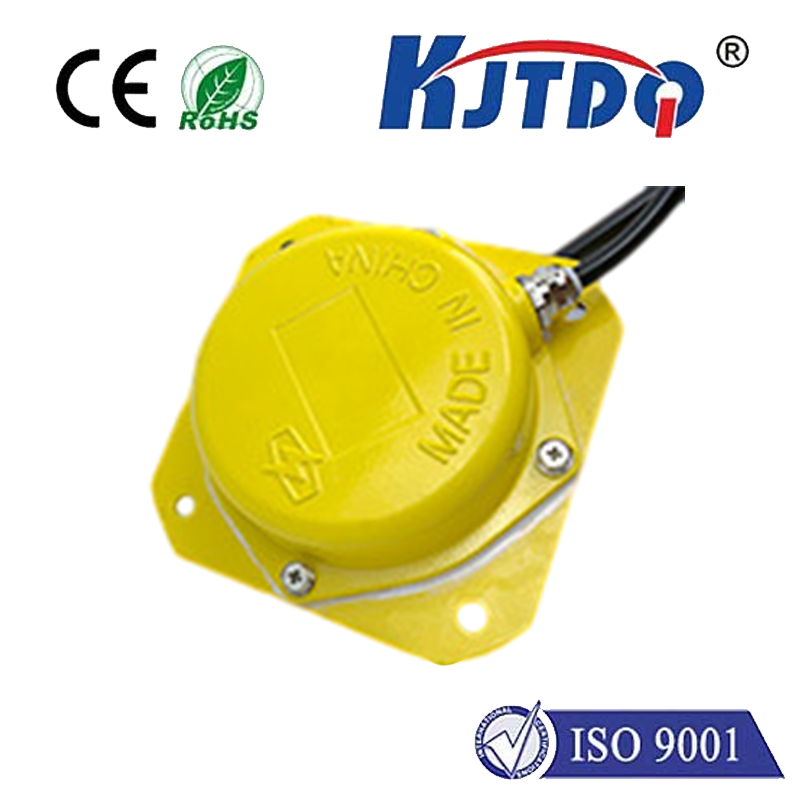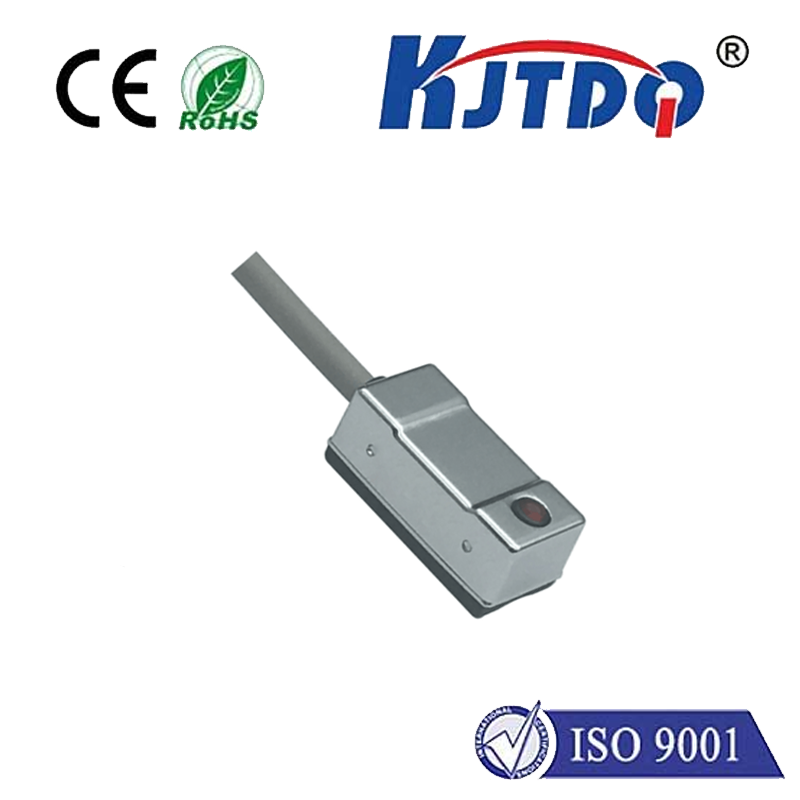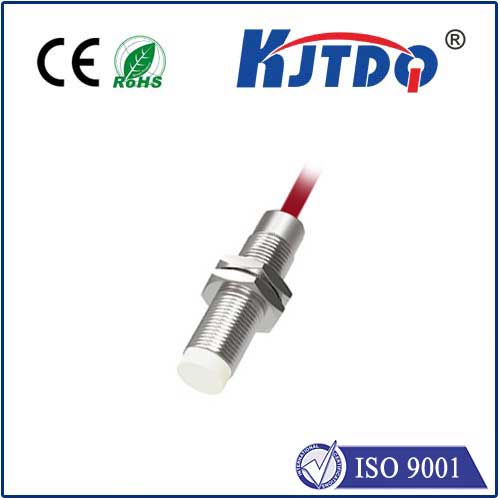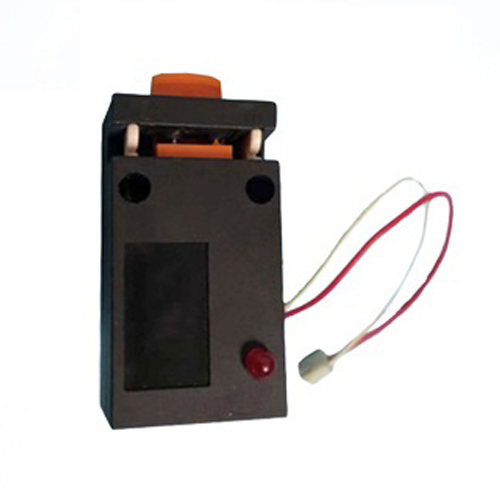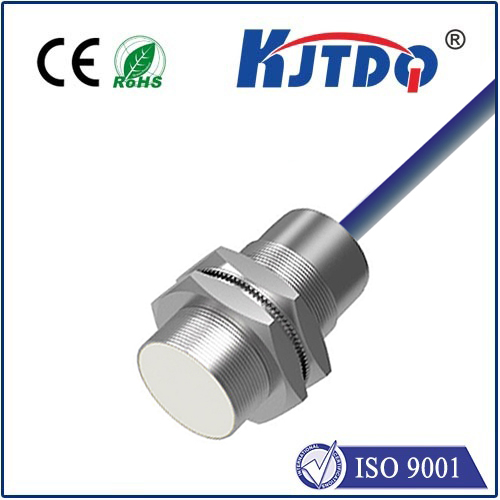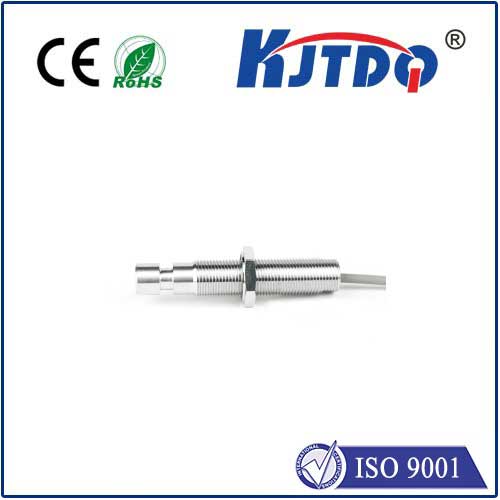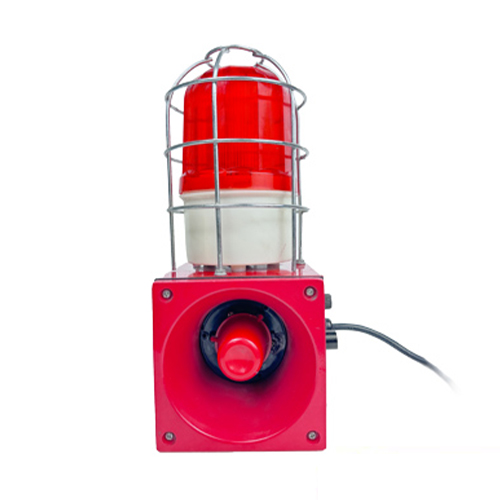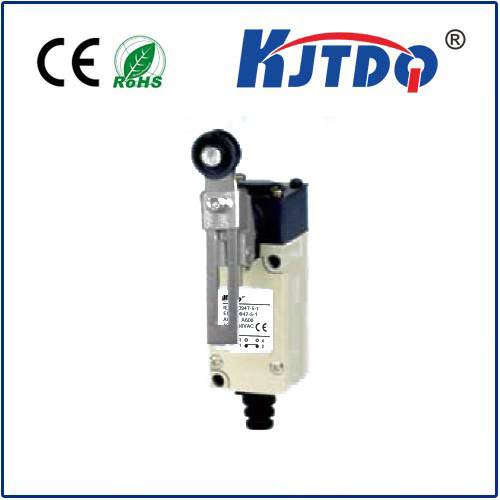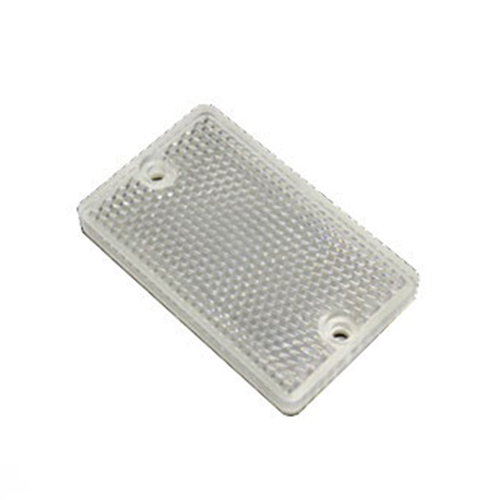

check

check

check

check

check

check

check

check

check

check
A limit switch is a device that detects the presence or absence of an object within its vicinity. It is used in various industrial applications to control the movement of machinery and equipment. One of the most common types of limit switches is the 120 volt limit switch. In this article, we will discuss what a 120 volt limit switch is, its uses, and how it works.
What is a 120 Volt Limit Switch?
A 120 volt limit switch is a type of switch that operates at a voltage of 120 volts. It is designed to detect the presence or absence of an object and send a signal to a control system to initiate or stop a process. These switches are commonly used in manufacturing, packaging, and conveying systems where precise control over equipment movement is required.
Uses of 120 Volt Limit Switch

The 120 volt limit switch has numerous applications in industries such as automotive, food processing, printing, and textiles. Some of the common uses of these switches include:
1. Controlling Conveyor Systems: Limit switches are often used to monitor the position of objects on conveyors. When an object reaches a specific point on the conveyor, the limit switch sends a signal to either start or stop the conveyor belt.
2. Machinery Safety: In industries where heavy machinery is used, limit switches can be installed to ensure worker safety. If a machine malfunctions or if an operator makes an error, the limit switch can send a signal to shut down the machine before any harm occurs.
3. Quality Control: In manufacturing processes, limit switches can be used to ensure that products meet certain quality standards. For example, if a product does not reach a specified weight or size, the limit switch can trigger an alarm or stop production until the issue is resolved.
How Does a 120 Volt Limit Switch Work?
A 120 volt limit switch consists of two main components: a sensor and a switch mechanism. The sensor detects the presence or absence of an object, while the switch mechanism sends an electrical signal to a control system based on the sensor's input.
When an object comes into contact with the sensor, it activates the switch mechanism, which then sends a signal to the control system. The control system interprets this signal and takes appropriate action, such as starting or stopping a process or triggering an alarm.
In conclusion, the 120 volt limit switch is a crucial component in many industrial applications. Its ability to detect objects and initiate or stop processes makes it an essential tool for controlling machinery and ensuring worker safety. By understanding how it works and its various uses, you can make informed decisions when selecting limit switches for your own industrial applications.
